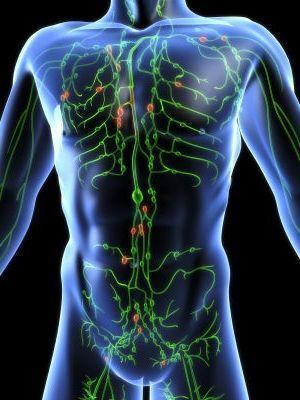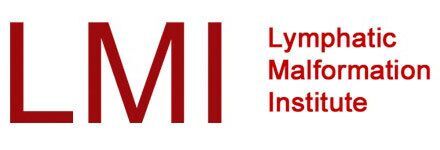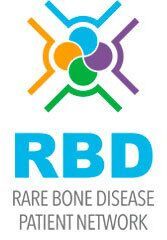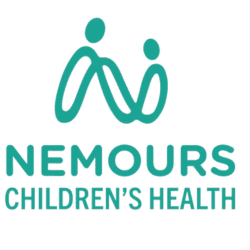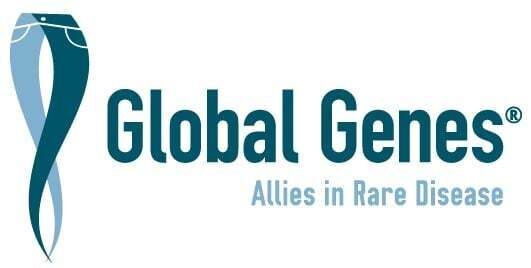
For individuals living with vascular anomalies, family planning and pregnancy can come with added questions and concerns. A new resource, Pregnancy, Family Planning and Vascular Anomalies guide developed by a team of European medical experts offers compassionate and practical information to help navigate this journey with confidence.
Created by VASCERN—the European Reference Network on Rare Multisystemic Vascular Diseases—this resource supports women and men with vascular anomalies as they explore parenthood, manage pregnancy, and consider safe contraceptive options.
Understanding the Impact of Vascular Anomalies on Pregnancy
Vascular anomalies are rare conditions that affect blood vessels or lymphatic systems. Because these conditions vary in type and severity, pregnancy can affect each individual differently. Hormonal changes and increased blood volume during pregnancy may lead to changes in the size or symptoms of certain anomalies. That’s why personalized care is essential.
The guide emphasizes the importance of working with a medical team that understands your condition and can plan ahead to support a healthy pregnancy and delivery.
What the Guide Covers
- Pregnancy and Delivery
The booklet explains how different vascular anomalies may influence pregnancy and childbirth. It outlines what to expect and how to plan for a safe delivery, including the value of monitoring and coordination with medical experts. - Contraceptive Choices
Choosing the right birth control method is especially important for people with vascular anomalies. The guide outlines safe and effective options tailored to different types of conditions, helping individuals make informed decisions about their reproductive health. - Medication and Pre-Pregnancy Planning
Some medications may need to be adjusted before or during pregnancy. The guide helps individuals understand what to discuss with their doctors to ensure treatments are safe and effective throughout each stage. - Support for Men with Vascular Anomalies
While the focus is often on pregnancy itself, the guide also addresses concerns men may have around family planning and passing on genetic conditions, as well as steps they can take to support healthy outcomes. - Postpartum Care
The period after birth can also bring changes in symptoms or require adjustments to treatment. The guide encourages ongoing follow-up and communication with healthcare providers.
A Tool for Better Outcomes
This guide is a valuable step toward empowering people with vascular anomalies to make informed choices about their health and their families.
- Please Note: To locate VAC centers outside of Europe, visit our website
- Other resources: VASCERN-VASCA Consensus Statement: Sirolimus and Fertility
This blog post is based on content from the Pregnancy, Family Planning & Vascular Anomalies guide developed by VASCERN (European Reference Network on Rare Multisystemic Vascular Diseases). LGDA is sharing this information to support education and awareness. This content is not intended to replace professional medical advice. Please consult with your healthcare provider for guidance tailored to your individual needs.

